In a groundbreaking study, researchers at the Medical Research Council Laboratory of Medical Sciences and Imperial College London have discovered that blocking IL-11 signaling can significantly extend the healthy lifespan of mice by nearly 25%. These findings, recently published in Nature, open a promising new avenue for developing anti-aging therapies in humans.
Traditionally, aging research has focused primarily on extending lifespan. However, living longer does not necessarily mean living healthier. This study goes beyond merely extending lifespan by evaluating the impact of interventions on both healthspan and lifespan, offering a more comprehensive understanding of aging.
The researchers hypothesized that IL-11, a pro-inflammatory and pro-fibrotic cytokine in the IL-6 family, contributes to age-related pathologies and reduced lifespan. This hypothesis was grounded in evidence showing that IL-11 can activate the ERK-mTORC1 and JAK-STAT3 pathways, its increased expression in older individuals, and its emerging role in cellular senescence—a hallmark of aging. To test this, the team employed gene deletion and monoclonal antibody neutralization techniques to investigate the effects of IL-11 signaling on healthspan and lifespan in mice.
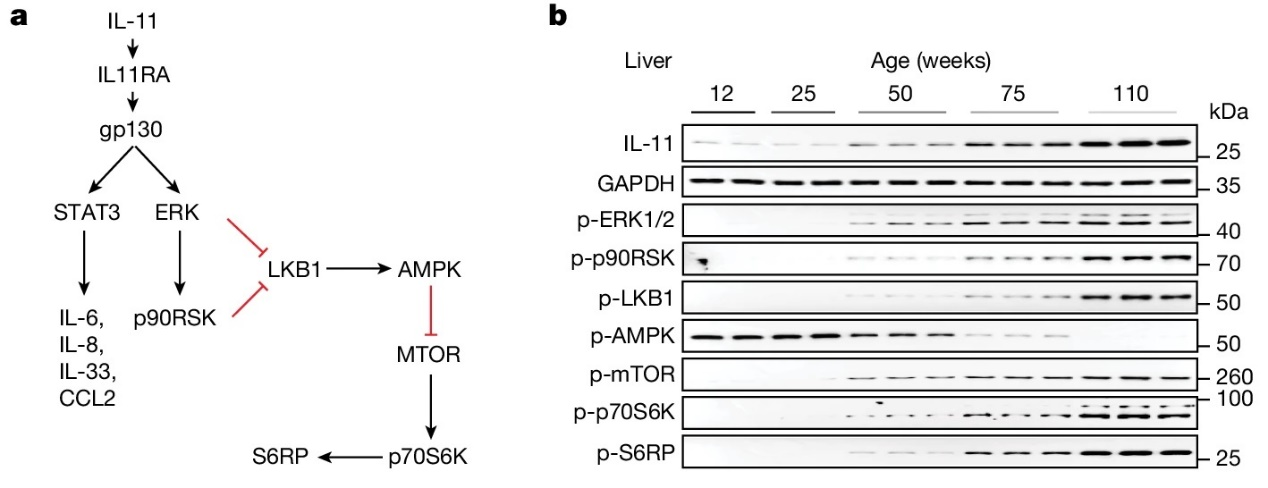
Fig 1. IL-11 signal pathway and western blots of the indicated liver phosphoproteins from male mice aged 12-110 weeks
In 2018, research led by Professor Stuart Cook redefined IL-11, previously known primarily for its anti-inflammatory properties, as playing a significant role in promoting fibrosis and inflammation. Building on this discovery, the recent study demonstrates that IL-11 is upregulated with age, leading to increased inflammation and impaired organ regeneration.
The research team utilized IL-11 gene deletion and monoclonal antibody neutralization methods—specifically anti-IL-11 antibody X203 and anti-IL11RA antibody X209—to block IL-11 signaling in aging mice. They found that genetically deleting IL-11 or neutralizing IL-11/IL-11RA binding protected the mice from age-related decline, including metabolic deterioration, frailty, and multiple chronic diseases. Remarkably, when anti-IL-11 (X203) treatments were administered to 75-week-old mice for 25 weeks, the mice exhibited improved metabolism, enhanced muscle function, and reduced levels of aging biomarkers, leading to increased lifespans in both sexes.
These interventions proved highly effective, with the treated mice living for an average of 155 weeks compared to 120 weeks for untreated controls. This translates to a median lifespan extension of 22.4% in males and 25% in females.
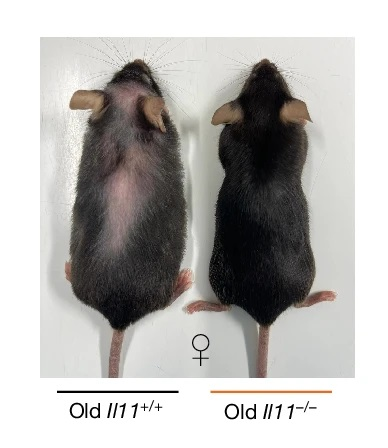
Fig 2 . Representative photograph of 105-week-old female wild-type and Il11−/− mice.
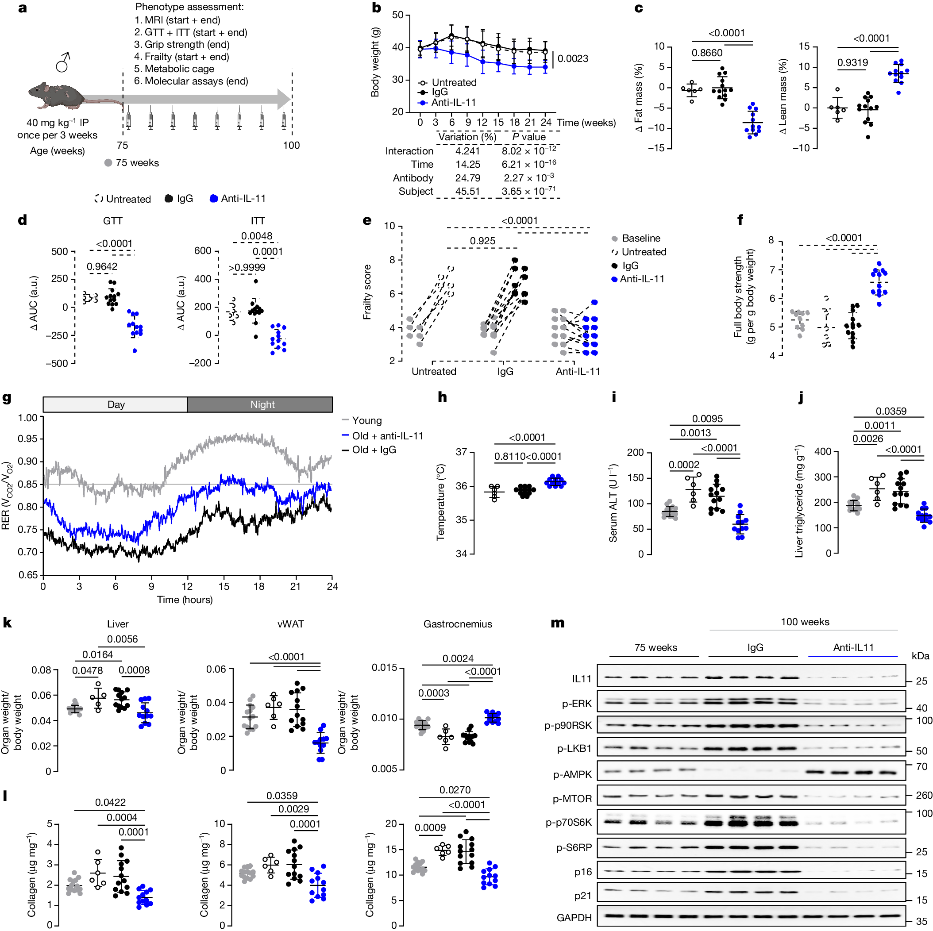
Fig 3. Therapeutic inhibition of IL-11 reduces age-associated metabolic dysfunction, pathogenic signalling and sarcopenia in male mice
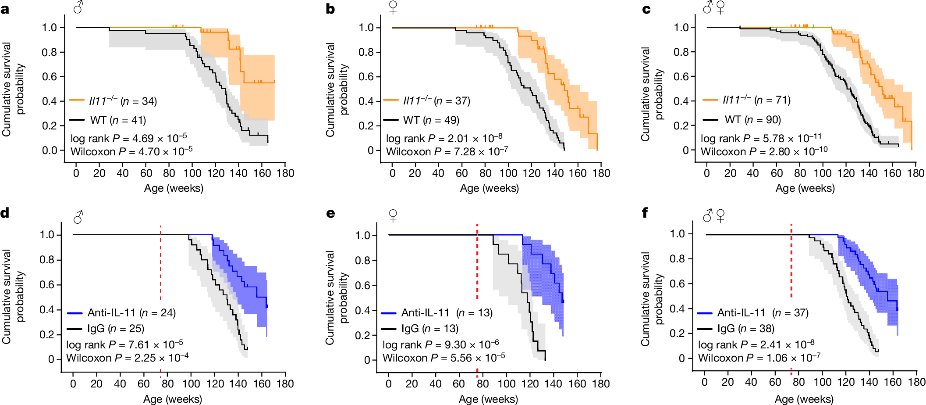
Fig 4. Gene deletion or antibody neutralizing of IL-11 extends life expectancy of male and female mice
Given that anti-IL-11 treatments are already in clinical trials for other conditions, the researchers are hopeful that these findings could eventually be applied to extend human lifespan. However, they caution that further clinical trials are needed to confirm the safety and effectiveness of these treatments for anti-aging purposes.
The study’s comprehensive approach, which involved various animal models and advanced assays such as high-throughput phenotyping and metabolic testing, underscores the potential of IL-11 inhibition as a novel strategy to combat aging and its associated diseases. This marks a significant step forward in the field of longevity research.
Background on Anti-IL-11 and Anti-IL-11RA Monoclonal Antibodies
Anti-IL-11 Mouse Monoclonal Antibody (X203)
Mice were immunized with human IL-11, and X203 was screened and verified using a fluorescent-activated cell sorting-based approach on HEK cell surfaces expressing IL-11. The binding affinity to mouse and human IL-11 was 2.38 nM and 4.14 nM, respectively. X203 was validated for neutralizing human and mouse IL-11, and for use in western blot (WB) analysis.
Anti-IL-11RA Mouse Monoclonal Antibody (X209)
Mice were immunized using DNA immunization, and X209 was verified through flow cytometry on HEK cell surfaces expressing IL-11RA. X209 was identified as a neutralizing antibody for both human and mouse IL-11RA. Its binding to human and mouse IL-11RA was confirmed using the Biacore T200 and Octet systems. X209 was also validated for western blot (WB), immunofluorescence (IF), and immunohistochemistry (IHC) applications.
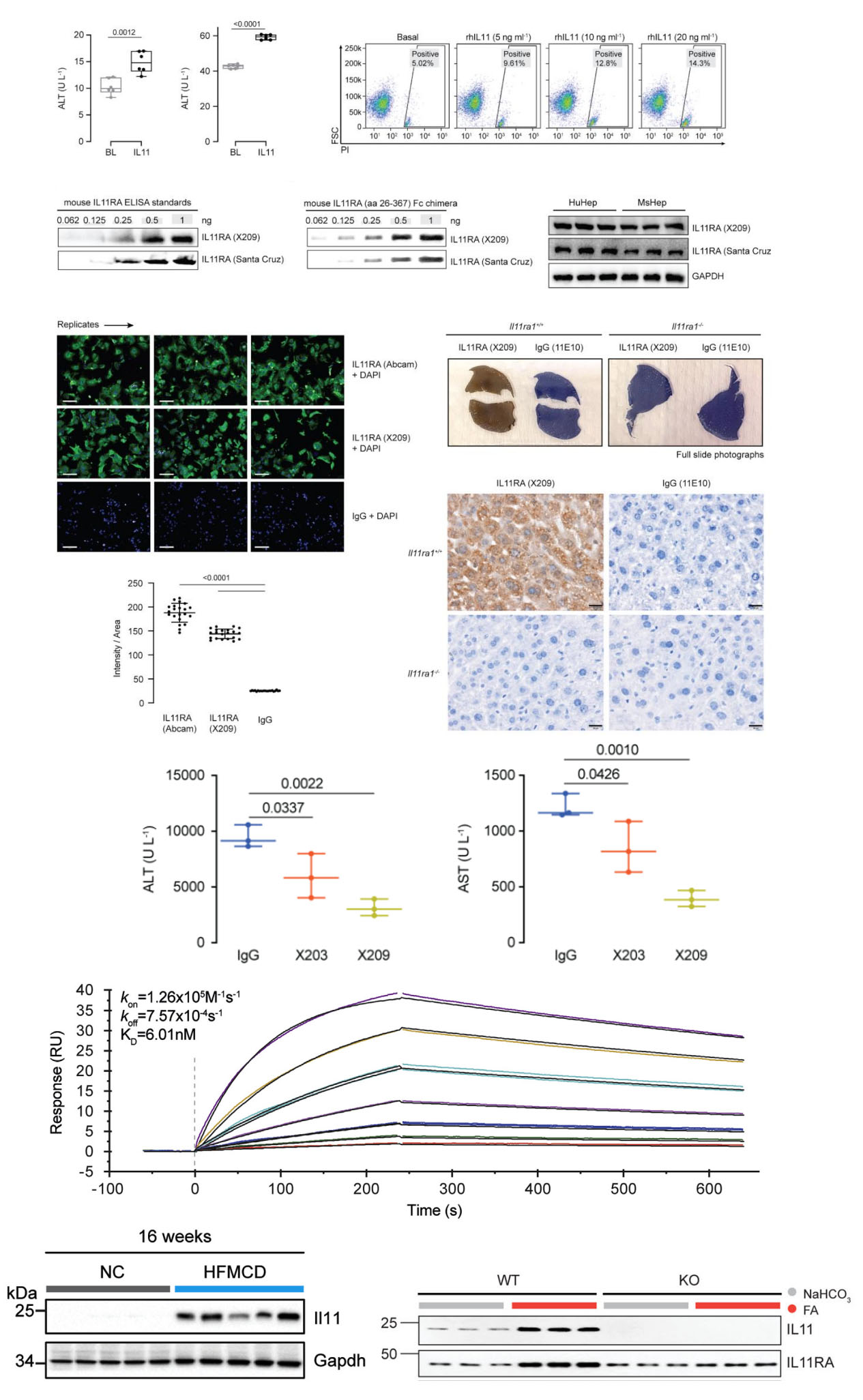
Fig 5. Validation results of X203 and X209
Reference
1.Ng, B., Dong, J., D’Agostino, G., Viswanathan, S., Widjaja, A.A., Lim, W.-W., Ko, N.S.J., Tan, J., Chothani, S.P., Huang, B., et al. (2019). Interleukin-11 is a therapeutic target in idiopathic pulmonary fibrosis. Science Translational Medicine 11, eaaw1237.
2.Widjaja, A.A., Dong, J., Adami, E., Viswanathan, S., Ng, B., Pakkiri, L.S., Chothani, S.P., Singh, B.K., Lim, W.W., and Zhou, J. (2021). Redefining IL11 as a regeneration-limiting hepatotoxin and therapeutic target in acetaminophen-induced liver injury. Science translational medicine 13, eaba8146.
3.Widjaja, A.A., Lim, W.-W., Viswanathan, S., Chothani, S., Corden, B., Dasan, C.M., Goh, J.W.T., Lim, R., Singh, B.K., Tan, J., et al. (2024). Inhibition of IL-11 signalling extends mammalian healthspan and lifespan. Nature 632, 157-165.
4.Widjaja, A.A., Singh, B.K., Adami, E., Viswanathan, S., Dong, J., D’Agostino, G.A., Ng, B., Lim, W.W., Tan, J., and Paleja, B.S. (2019). Inhibiting interleukin 11 signaling reduces hepatocyte death and liver fibrosis, inflammation, and steatosis in mouse models of nonalcoholic steatohepatitis. Gastroenterology 157, 777-792. e714.
5.Widjaja, A.A., Viswanathan, S., Shekeran, S.G., Adami, E., Lim, W.-W., Chothani, S., Tan, J., Goh, J.W.T., Chen, H.M., and Lim, S.Y. (2022). Targeting endogenous kidney regeneration using anti-IL11 therapy in acute and chronic models of kidney disease. Nature Communications 13, 7497.
All products are for research use only
